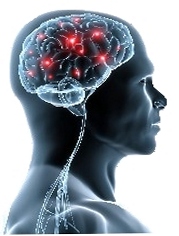A study was conducted to describe the consulting behavior and clinical outcomes of children, aged 5 to 17, presenting with headache in primary care. These headaches were described as migraine, tension-type headache, cluster headache or headache with no further descriptor.
The impact of headache on the quality of life of sufferers is significant both at school and at home. Headache has a high risk of persisting into adulthood. The needs of adult headache sufferers are often unmet, and the situation may be worse in the pediatric population, where sufferers are less likely to articulate their problem or seek help. Little is understood about current practice in managing headache in children.
The incidence of brain tumor, a major concern for parents, patients and practitioners, is very low, particularly if headache is the primary diagnosis. However, children with headache have higher levels of anxiety and depression and demonstrate different behavioral characteristics when compare with children not having headache.
Cases receiving a diagnosis of migraine were examined for specific migraine treatment in subsequent year. Drugs were identified that were most likely to be used exclusively for the management of migraine. For the acute attack nasal sumatriptan is the only licensed triptan in the age groups studied.
It is important to identify, diagnose and treat the headache once more serious causes have been excluded. Research is needed to explore why General Practitioners find difficulty in diagnosing headaches, particularly in the younger age group, and to develop strategies to facilitate diagnosis. GPs should be encouraged to make a positive diagnosis in their headache patients as the first step to successful management.

